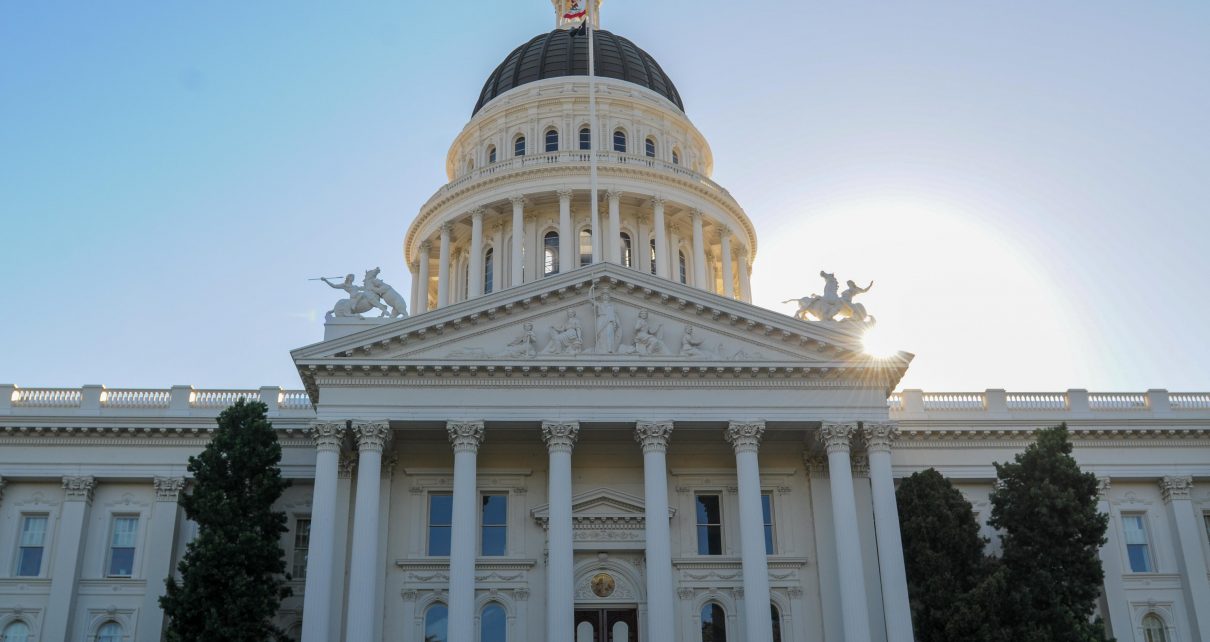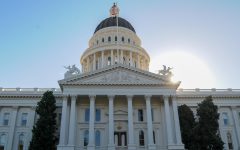
California State Capitol. (Photo: Kevin Sanders for California Globe)
Code of Civil Procedure Motions to Strike
The notice must specify a hearing date
By Chris Micheli, October 23, 2024 2:30 am
California’s Code of Civil Procedure in Part 2, Title 6, Chapter 4 provides statutory requirements for motions to strike. Section 435 defines the term “complaint” to include a cross-complaint, and the term “pleading” to mean a demurrer, answer, complaint, or cross-complaint
In addition, any party within the specified time to respond to a pleading may serve and file a notice of motion to strike the whole or any part, with specific exceptions. The notice must specify a hearing date, The filing of a notice of motion to strike an answer or complaint does not extend the time within which to demur.
Section 435.5 states that, before filing a motion to strike, the moving party is required to meet and confer in person, by telephone, or by video conference with the party who filed the pleading that is subject to the motion to strike for the purpose of determining if an agreement can be reached that resolves the objections to be raised in the motion to strike. The requirements of the meet-and-confer process is specified. A declaration must accompany the motion to strike and contain specified statements.
If a court grants a motion to strike and grants leave to amend, the court may order a conference of the parties before an amended pleading, or a motion to strike an amended pleading, may be filed. If the conference is held, the court does not preclude a party from filing a motion to strike and the time to file a motion to strike does not begin until after the conference has concluded. This section does not apply to four specified circumstances.
Section 436 authorizes a court, upon a motion made, or at any time in its discretion, and upon terms it deems proper to strike out any irrelevant, false, or improper matter inserted in any pleading, or to strike out all or any part of any pleading not drawn or filed in conformity with the laws of this state, a court rule, or an order of the court.
Section 437 requires the grounds for a motion to strike to appear on the face of the challenged pleading or from any matter of which the court is required to take judicial notice.
- California Department of Child Support Services - December 24, 2025
- Mistakes in Legal Pleadings - December 23, 2025
- The Division of Property Concerning Retirement Plan Benefits - December 23, 2025




